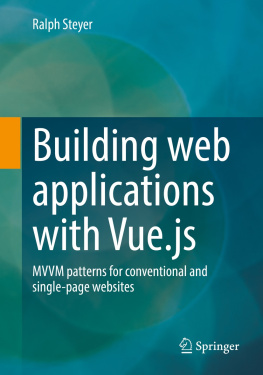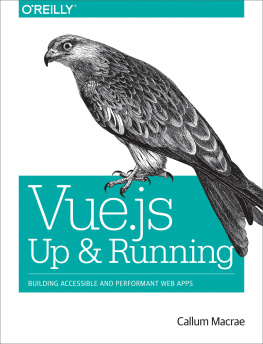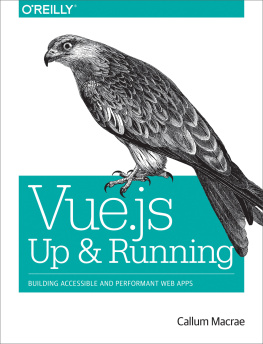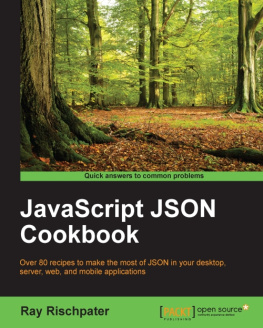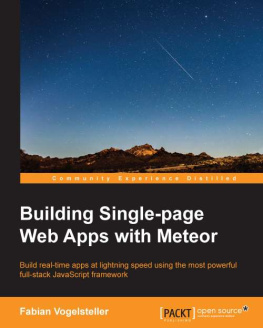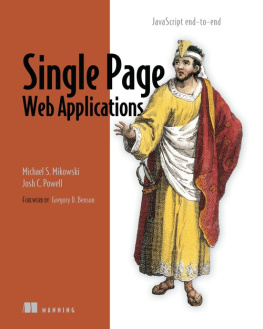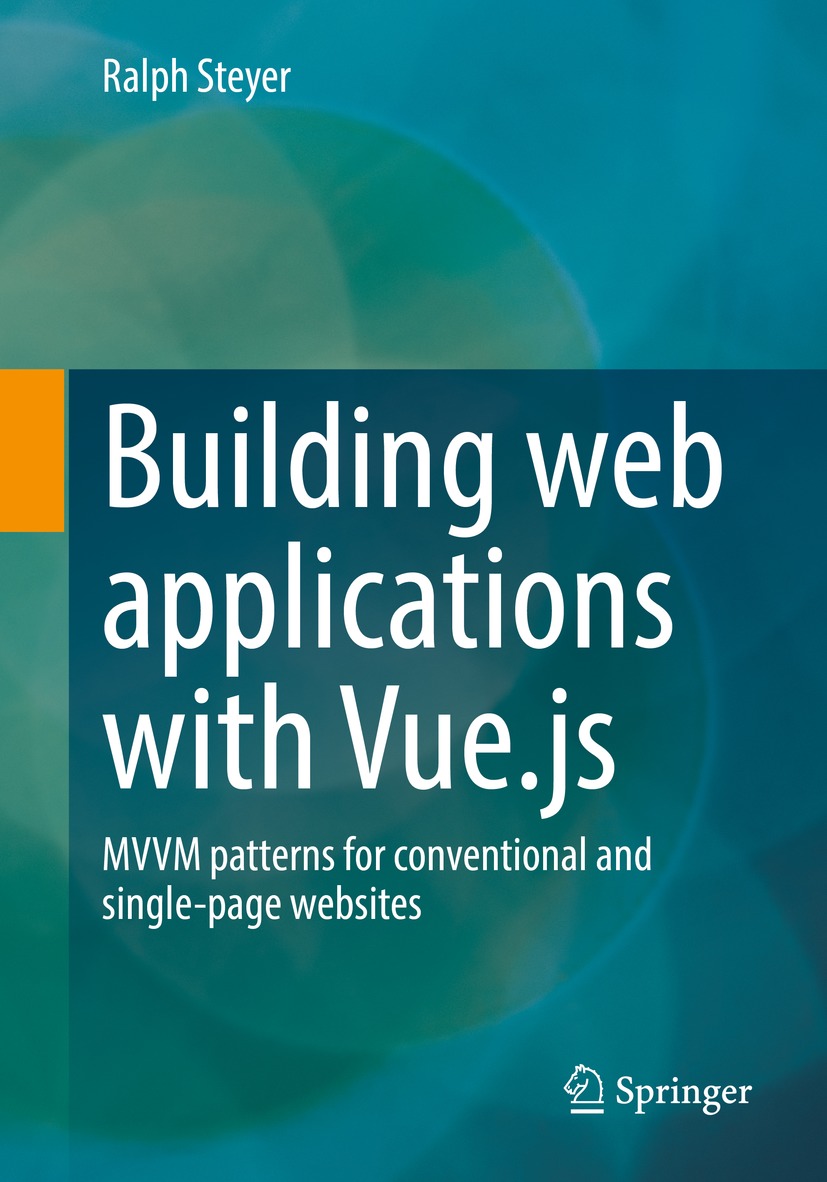Ralph Steyer - Building web applications with Vue.js: MVVM patterns for conventional and single-page websites
Here you can read online Ralph Steyer - Building web applications with Vue.js: MVVM patterns for conventional and single-page websites full text of the book (entire story) in english for free. Download pdf and epub, get meaning, cover and reviews about this ebook. year: 2022, publisher: Springer, genre: Computer. Description of the work, (preface) as well as reviews are available. Best literature library LitArk.com created for fans of good reading and offers a wide selection of genres:
Romance novel
Science fiction
Adventure
Detective
Science
History
Home and family
Prose
Art
Politics
Computer
Non-fiction
Religion
Business
Children
Humor
Choose a favorite category and find really read worthwhile books. Enjoy immersion in the world of imagination, feel the emotions of the characters or learn something new for yourself, make an fascinating discovery.
- Book:Building web applications with Vue.js: MVVM patterns for conventional and single-page websites
- Author:
- Publisher:Springer
- Genre:
- Year:2022
- Rating:4 / 5
- Favourites:Add to favourites
- Your mark:
Building web applications with Vue.js: MVVM patterns for conventional and single-page websites: summary, description and annotation
We offer to read an annotation, description, summary or preface (depends on what the author of the book "Building web applications with Vue.js: MVVM patterns for conventional and single-page websites" wrote himself). If you haven't found the necessary information about the book — write in the comments, we will try to find it.
Get started with Vue.js quickly and easily with this book
This book provides a compact and practical introduction to the popular Vue.js. Use the MVVC concept for applications on the web on the basis of MVC design patterns and create single-page web applications easily. You will use one of the powerful frameworks based only on elementary WWW standard technologies. With Vue.js you will understand and apply data binding, components, directives and modularity.
With this book, you will not only learn the most important basics of Vue.js. You will also learn how to create and maintain web applications with this JavaScript web framework. The focus of this comprehensive work is on the following aspects:
- HTML/CSS/JavaScript and the Web: The Vue.js environment- Basis of JavaScript (above all JSON)
- Working with the Vue instance
- templates- Double Curly Syntax and Data Binding
With its strong application focus, this book on Vue.js is an ideal companion for self-study or relevant courses. In terms of content, it is aimed at:
(a) creators of websites
(b) programmers
c) Web designer
Dive even deeper into the matter
Ralph Steyer shows which prerequisites you should have to work with this book. Then you will learn more about the framework and the special features of Vue.js. In the further course, the author covers these partial aspects, among others:
- First examples - just test Vue.js once
- How and why does Vue.js work?- Conditional Rendering: The v-if directive - making decisions
- Dynamic layouts with data binding - making stylesheets dynamic
- Forms and form data binding - interaction with the user
- Transitions and animations - Moving things
If you want to learn even more about the application, this book gives you an outlook on further possible uses and functions of Vue.js in the final chapter. To make it easier for you to get started, you will find program codes and illustrations in each chapter that illustrate complex processes.
Ralph Steyer: author's other books
Who wrote Building web applications with Vue.js: MVVM patterns for conventional and single-page websites? Find out the surname, the name of the author of the book and a list of all author's works by series.

